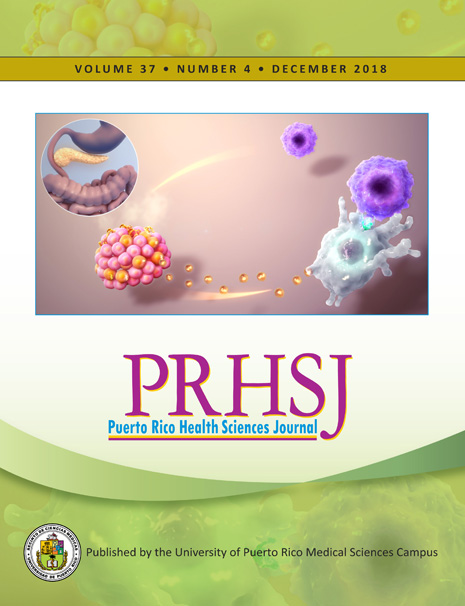Abstract
Objective: Motor vehicle collisions (MVCs) constitute a leading source of morbidity and mortality worldwide. Seatbelt use has been associated with reduced mortality in MVCs. In Puerto Rico, the impact of seatbelt use on MVC deaths has not been evaluated, although they represent a major public health threat. Therefore, this study aimed to assess the association between seatbelt use and in-hospital mortality at Puerto Rico Trauma Hospital (PRTH). Materials and Methods: A retrospective cohort study of 2,685 MVC patients aged 1 to 96 years was conducted using the Trauma Registry at PRTH, with data collected from 2000 through 2014. The patient data included sociodemographic and clinical variables and outcomes. Logistic regression analyses were used to evaluate the mortality risk of patients of severe MVC-related trauma who had been wearing seatbelts and compare it to the risk sustained by their unbelted counterparts. Results: Seatbelt use was more common in females than it was in males (71% vs. 62%; p<0.001) and more prevalent in older as opposed to younger patients (p<0.001). Belted severe trauma victims suffered less frequently from head injuries than did their unbelted counterparts (p<0.001). The proportions of patients with Glasgow coma scale (GCS) scores of 8 or lower (17% vs. 6%; p<0.001) and Injury Severity Scores (ISSs) of 25 or higher (24% vs. 15%; p<0.001) were greater for the unbelted group. Belted severe trauma victims had a 30% lower in-hospital mortality risk compared to their unbelted peers (ORunadj = 0.70; 95% CI: 0.52–0.92). After adjusting for confounders, this difference in risk was eliminated (ORadj = 1.04; 95% CI: 0.72–1.52). Conclusion: Our findings demonstrate that seatbelt use is associated with fewer head injuries, lower ISSs, and higher GCS scores. This suggests that using seatbelts mitigates trauma severity, thereby reducing the likelihood of in-hospital mortality for those MVC victims who were wearing seatbelts at the time of their accident.
Authors who publish with this journal agree to the following terms:
a. Authors retain copyright and grant the journal right of first publication with the work simultaneously licensed under a Creative Commons Attribution License that allows others to share the work with an acknowledgement of the work's authorship and initial publication in this journal.
b. Authors are able to enter into separate, additional contractual arrangements for the non-exclusive distribution of the journal's published version of the work (e.g., post it to an institutional repository or publish it in a book), with an acknowledgement of its initial publication in this journal.
c. Authors are permitted and encouraged to post their work online (e.g., in institutional repositories or on their website) prior to and during the submission process, as it can lead to productive exchanges, as well as earlier and greater citation of published work (See The Effect of Open Access).
